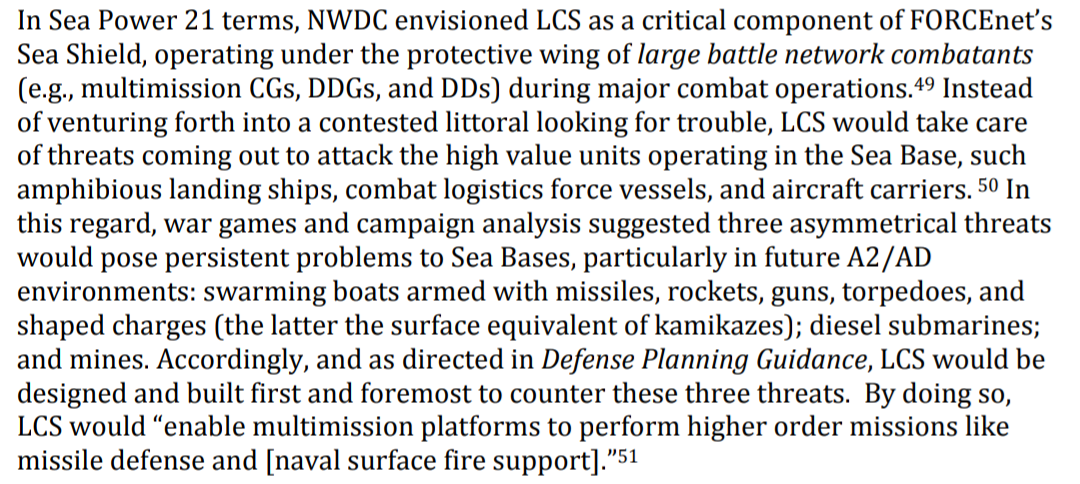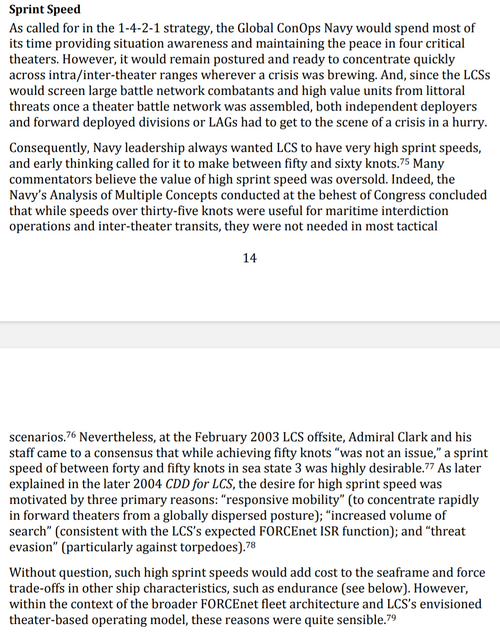LUSV. The Navy envisions LUSVs as being 200 feet to 300 feet in length and having full load displacements of 1,000 tons to 2,000 tons, which would make them the size of a corvette (i.e., a ship larger than a patrol craft and smaller than a frigate).The Navy wants LUSVs to be low-cost, high-endurance, reconfigurable ships with ample capacity for carrying various modular payloads—particularly anti-surface warfare (ASuW) and strike payloads, meaning principally anti-ship and land attack missiles. Each LUSV could be equipped with a vertical launch system (VLS) with 16 to 32 missile-launching tubes. Although referred to as unmanned vehicles, LUSVs might be more accurately described as optionally or lightly manned ships, because they might sometimes have a few onboard crew members, particularly in the nearer term as the Navy works out LUSV enabling technologies and operational concepts. The Navy has been using LUSV prototypes to develop LUSV operational concepts. The Navy’s FY2025 budget submission programs the procurement of production LUSVs through the Navy’s shipbuilding account, with the first LUSV to be procured in FY2027 at an estimated cost of $497.6 million, the next two in FY2028 at a combined estimated cost of $652.8 million (i.e., an average of about $326.4 million each), and the next three in FY2029 at a combined estimated cost of $994.3 million (i.e., an average of $331.4 million each). Under the Navy’sFY2024 budget submission, procurement of LUSVs was to begin two years earlier, in FY2025. The Navy states: “This necessary [two-year] delay reduces risk associated with concurrency in requirements development, design specifications and machinery reliability testing.”


